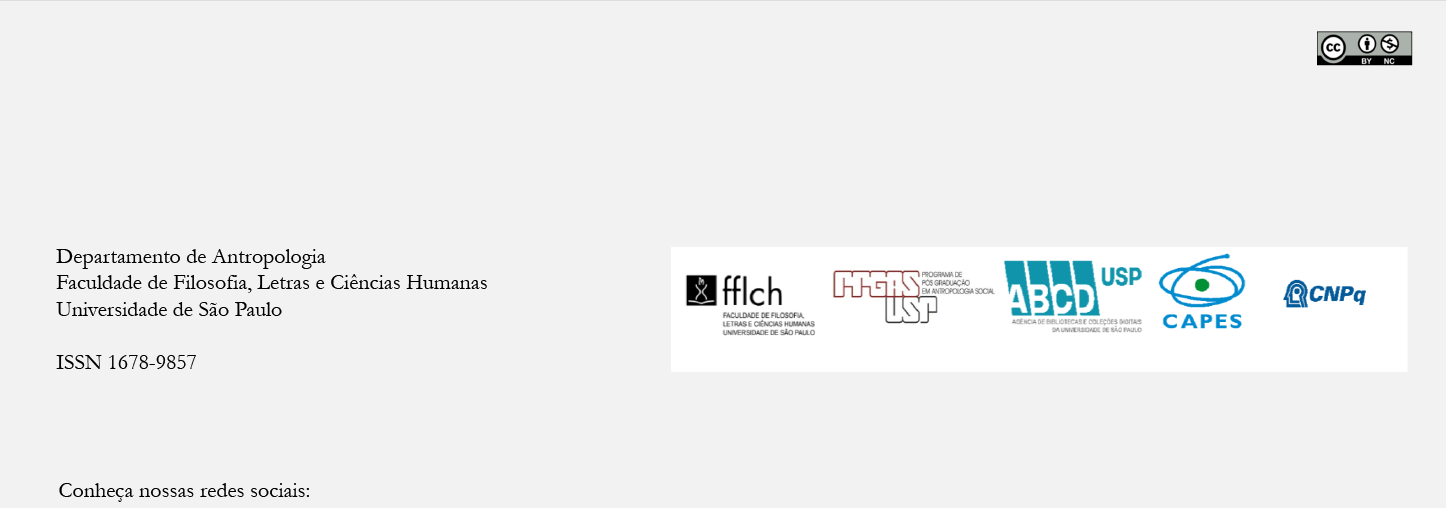Do um à metafora: para um entendimento da matemática pa'ikwené (Palikur)
DOI:
https://doi.org/10.1590/S0034-77012006000100008Keywords:
Amazonia, Pa'ikwené^i2^sPali, Amerindian knowledge, ethnolinguistics, ethnoscience, ethnomathematics, indigenous typology of numbers, classification, metaphorAbstract
This article addresses an aspect of Pa'ikwené knowledge called púkúha, which means both "to understand" and "to count". It explores the indigenous numerology and the close relationship, no less imaginative than empirical, between mathematics and linguistics that is not always apparent in non-oral societies such as ours. The Pa'ikwené mathematical system is conceptually inventive and lexically profuse, some numerals having over two hundred different forms in current usage thanks to an intensive, affix-based process of morphemic transformations. Thereby, a numberword can belong to twenty-one numerical classes relating to five distinct semantic categories incorporating diverse discrete states or qualities (male/female, concrete/abstract, animate/inanimate, natural/supernatural) as well as particular arithmetical and geometrical ideas. Taking an anti-Platonic approach, the article describes Pa'ikwené mathematics as an innate, embodied and metaphorical (Lakoff & Nuñez, 2000) mode of knowledge for classifying and expressing the lived-in world. It proposes furthermore that Pa'ikwené numbers simultaneously operate at the literal and figurative levels, i.e., both as symbols with fixed, determined meanings, and as polysemic images of the different classes of things that comprise the Native universe.Downloads
Download data is not yet available.
Downloads
Published
2006-01-01
Issue
Section
Dossiê
License
Authors who intend to publish in this journal must agree with the following terms:
- a) Authors retain copyright and grant the journal the right of first publication. The work is simultaneously licensed under the Creative Commons Attribution License, which allows the work to be shared as long as the author and the initial publication in this journal are appropriately credited.
- b) Authors are authorized to sign additional contracts for non-exclusive distribution of the version of the work published in this journal (e.g., to publish it as a book chapter), as long as the author and the initial publication in this journal are appropriately credited.
- c) Authors are allowed and encouraged to publish and distribute their work online (e.g. on their personal webpage) after the editorial process, for this can generate productive changes as well as increase the impact and citation of the work. See The Effect of Open Access Publications.
How to Cite
Passes, A. (2006). Do um à metafora: para um entendimento da matemática pa’ikwené (Palikur). Revista De Antropologia, 49(1), 245-281. https://doi.org/10.1590/S0034-77012006000100008



